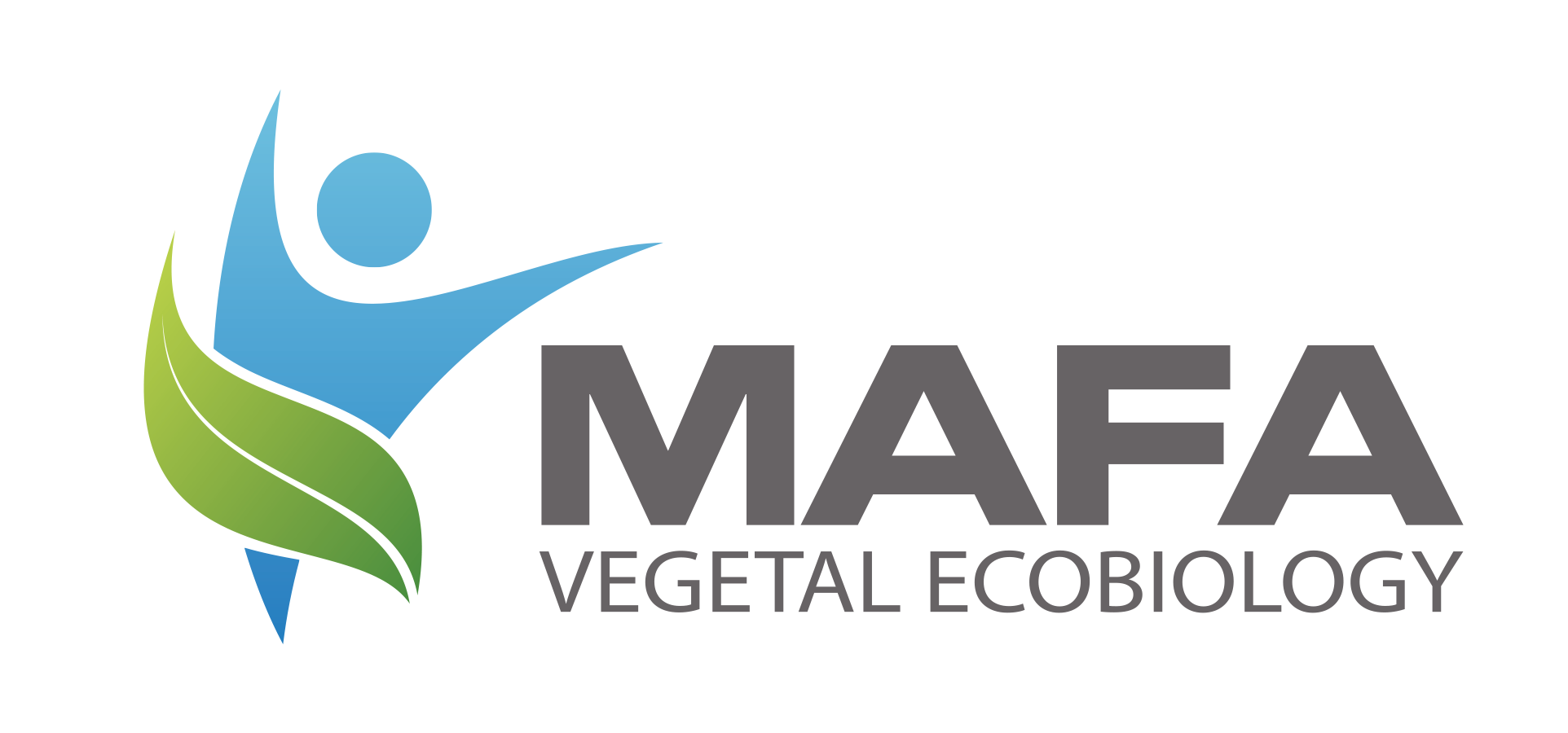It is not the first time that we have told you about the new European regulation on biostimulants and fertilizers. Agricultural biotechnology companies and farmers have been preparing for the new regulatory framework for long time, which -now it is- is a reality. The bill has passed on July 16 and basically establishes common requirements for safety, quality and labeling in relation to the production of solutions for the most common problems of crops. For this reason, and given that for us it is a fundamental issue, we wanted to summarize here the 5 keys to understanding the new European regulation on agricultural fertilizers and biostimulants.
The keys to understanding the new European fertilizer regulation 👇
PROMOTION OF SUSTAINABLE AGRICULTURE AND THE CIRCULAR ECONOMY
The new European regulation was born to promote the production of fertilizers in the European Union. The objective is that the EU countries covered by this regulatory framework contribute to sustainable agriculture within a circular economy.
How? Through the use of waste and by-products and the development of innovative products. Precisely for this reason, one of the contributions of the new regulation is that it defines and determines what biostimulants are, which are classified according to their origin as microbial or non-microbial.
This is the definition of biostimulants according to the new regulation: EU fertilizer product whose function is to stimulate the nutrition processes of plants regardless of the nutrient content of the product, with the sole objective of improving one of the following characteristics of plants and its rhizosphere:
- Efficiency in the use of nutrients
- Tolerance to abiotic stress
- Quality characteristics
- Availability of immobilized nutrients in the soil and the rhizosphere
ESTABLISHES NEW CATEGORIES FOR PRODUCTS AND A STRICT EVALUATION
Unlike other previous regulations, agricultural products are classified according to their function in 7 Functional Product Categories or CFP, with uses and applications that go beyond the contribution of nutrients to the soil or the plant for the first time. Specifically they are:
- CFP1: Manure or fertilizer
- inorganic
- organ-mineral
- and organic
- CFP2: Limestone Amendments
- CFP3: Soil amendments
- CFP4: Culture substrates
- CFP5: Inhibitors
- CFP6: Biostimulants
- CFP7: Mixture of fertilizer products
PROVEN EFFICACY OF BIOSTIMULANTS
Added to the categorization mentioned above is the fact that the need for biostimulants to have established proven efficacy, something we already talked about in this post.
All product categories have to meet certain labeling requirements and be made from certain authorized products. In addition, they must pass a rigorous evaluation. But, in addition, biostimulants must undergo an evaluation process with the certification of accredited entities.
In other words, agricultural biotechnology companies will only be able to indicate their proven benefits on crops on the label of our biostimulants, something that MAFA has been doing for years through agronomic trials.
Legal harmonization
There is an optional harmonization. Or, put another way, the manufacturer can choose whether to produce according to national standards or adhere to the new European regulation on fertilizers and biostimulants.
In fact, in Spain, biostimulants are included in group 4 (other fertilizers and special products) of Royal Decree 506/2013.
TOWARDS A SUSTAINABLE AGRICULTURE WITH FEWER CHEMICALS
Taking into account that the objective of the European Union and the member states is to gradually reduce the use of chemically synthesized fertilizers and plant protection products, it is logical to understand that the new regulation is aimed at promoting the manufacture and use of products that are as natural as possible.
Those natural solutions that we talk about so much at MAFA because they really are a priority in authentic agriculture without sources of toxicity, zero residue agriculture. The new European regulation wants to promote the application of more efficient treatments for crops, which know how to take advantage of the nutrients available in the soil and the benefits provided by microorganisms.




